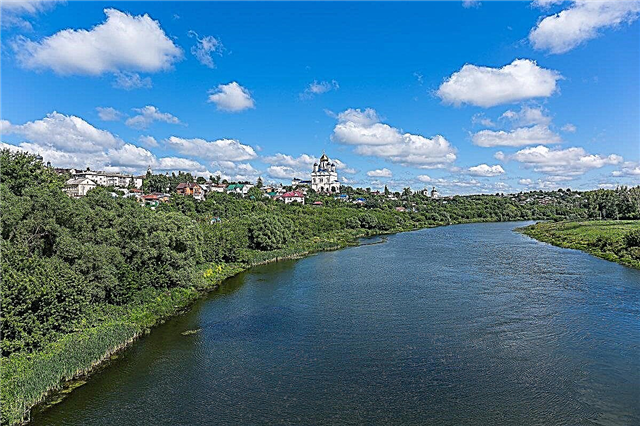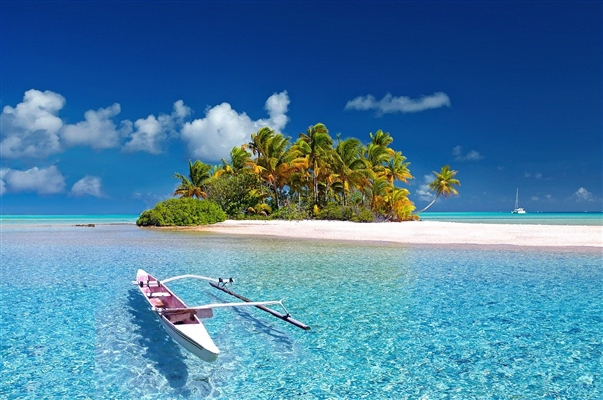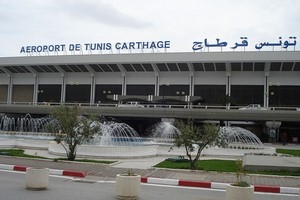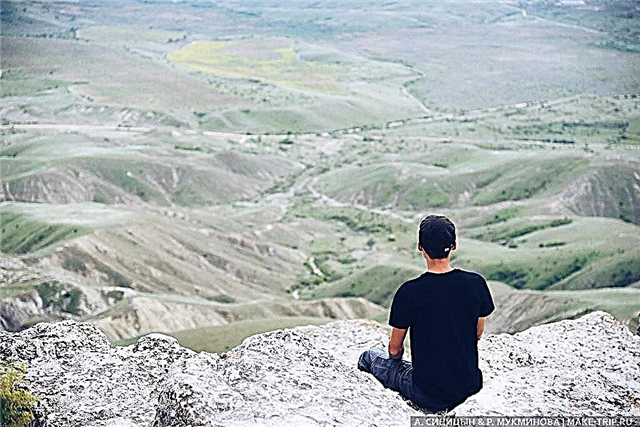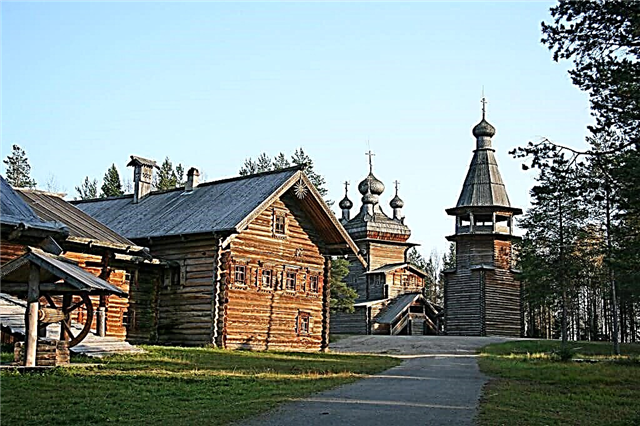Wooden architecture is the highlight of domestic tourism. They are connected into full-fledged open-air museums and look as authentic as possible. Tourists see small settlements that exist as reminders of the past and traditions of the Russian people.
Each place like this is unique. Having visited one, travelers will get an idea of wooden architecture, but moving to another, they will definitely learn a lot of new things. A number of museums are supplemented by other expositions, for example, interior decoration, dioramas, reproduction of scenes from the life of ancestors. All this is integrated into a single concept and helps guests to better feel the atmosphere.
Monuments of Russian folk wooden architecture
Open air museums. List of the most interesting and beautiful places, photos and descriptions!
Museum-reserve "Kizhi"
Located in Karelia. Founded in 1966. Belongs to the territory of the sanctuary of the same name, therefore, activities here are limited. The exposition is extensive, most of it is located on the island of Kizhi, hence the name. The first exhibits are a pair of churches with a bell tower, built at the turn of the 18th-19th centuries. Gradually, other buildings were added, some - earlier: the Oshevnev House, temples, mills, a barn.
Address: Republic of Karelia, Petrozavodsk, pl. Kirov, 10 A
Website: kizhi.karelia.ru

Shushenskoe
Located in the Krasnoyarsk Territory, founded in 1930. It looks like a real village from the beginning of the last century. The exposition includes about 30 buildings. Almost all of them are originals. The interior setting has been preserved or recreated. Scenes from the life of Siberian peasants have been recreated, there are two houses where Lenin temporarily lived. Folklore events are held regularly. The tour tells about folk crafts.
Address: Krasnoyarsk Territory, item Shushenskoye, st. New, 1
Site: shush.ru

Malye Korely
Located in the Arkhangelsk region. Founded in 1964. The area is almost 140 hectares. Includes about a hundred buildings for various purposes. Dwelling houses of both merchants and peasants, barns, wells, fences and so on were brought here. The exhibits are dated from the 16th to the 19th century. There are also objects of art and creativity created by representatives of the northern peoples.
Address: Arkhangelsk region, Malye Karely village, 2 V
Site: korely.ru

Semyonkovo
Located in the Vologda region. Founded in 1979. The area is about 13 hectares. It looks like a Russian village of the late 19th - early 20th centuries. The exposition includes 19 buildings: houses, barns and a bathhouse are originals, the chapel is modern, but built, repeating the style of the past. The oldest building is the Kochkin house, the most decorated is the Bochkin house. There are several exhibitions, both permanent and replacing each other.
Address: Vologda district, Mayskoye rural settlement, near the village of Semenkovo
Website: semenkovo.ru

Vasilevo
Located in the Tver region. Founded in 1976. The complex is made up of imported objects of the 18th – 19th centuries. The main buildings: the Church of the Transfiguration, the Church of the Sign, the tiered Assumption Church and others. The landscape park is laid out here, its peculiarity is the boulder "Devil's Bridge", harmoniously integrated into the ensemble. A number of regular events are held, including the traditional "Trinity Festivities".
Address: Tver region, Vasilevo village
Site: tvermuzeum.ru

Vitoslavlitsy
Located in the Novgorod region. The name was given in honor of the village that existed here earlier. The territory contains architectural monuments created in the 16th century and later. Ethnographic festivals and folk festivals are held, reviews of folk arts and crafts with master classes are organized. Attraction nearby - St. George's Monastery.
Address: Veliky Novgorod, Yuryevskoe highway, MNDZ "Vitoslavlitsy"
Website: novgorodmuseum.ru

Kostroma Sloboda
Located in the Kostroma region. Founded in 1955. Nearby is the Ipatiev Monastery. The main attraction is the Church of the Cathedral of the Most Holy Theotokos - this is the oldest surviving similar building in the central part of Russia. The creation of the museum was partly a forced measure: architectural monuments were brought here from the flooded areas in order to save fragile wooden objects from destruction.
Address: Kostroma, st. Enlightenment, 1 B
Website: kostromamuseum.ru

Museum of Wooden Architecture in Suzdal
Located in the Vladimir region. Founded in 1854. In addition to the dwellings of peasants and farm laborers, there are Transfiguration and Resurrection churches, outbuildings, courtyards decorated in the appropriate style on the territory. If you choose not a free visit, but an excursion tour, then you can get acquainted with the interior decoration. Temporary exhibitions are held on a variety of topics, such as Dinner Overture and Before the Judgment of History.
Address: Suzdal, st. Pushkarskaya, 27 B
Site: vladmuseum.ru

Taltsy
Located in the Irkutsk region. Founded in 1969. There are about 40 architectural monuments in total. In addition to the houses and churches that are usual for such museums, there are unique exhibits here: the Evenk camp, Kuznechnaya square, Ostrozhnye towers, Ilimsky prison. There are permanent exhibitions such as Taltsin Ceramics. In winter, an ice slide is poured, and entertainment events are held.
Address: Irkutsk district, Taltsy settlement, 47th km of the Baikal tract
Website: talci-irkutsk.ru

Khokhlovka
Located in the Perm region. The area is about 35 hectares. Consists of 23 architectural monuments. Almost all of them have preserved their original interiors or equipped exhibition halls. The Great Maneuvers on the Khokhlovsky Hills, a festival and military-historical reconstruction, are held annually. The venue for other regional events, for example, Maslenitsa.
Address: Perm region, s. Khokhlovka
Site: museumperm.ru

Park complex "Estate" Bogoslovka "
Located in the Leningrad region. The structure includes: the estate and park complex of the Zinovievs, tourist and cultural centers. The main attraction is the current Church of the Intercession of the Most Holy Theotokos - a recreated copy of a burnt-down building in 1708. The manor museum collects items of folk art and accepts as a gift even modern exhibits, if they are sufficiently original and interesting.
Address: Leningrad Region, Vsevolozhsky District, Bogoslovka Estate
Site: bogoslovka.ru

Mari Ethnographic Museum
Located in the Republic of Mari El. Founded in 1983. The area is more than 5 hectares. Exhibits - architectural monuments, household items and art from the entire territory of the Mari Volga region. A tent-roofed windmill is installed in the center of the complex. You can visit the museum on your own, but in this case you cannot enter the buildings, this part of the exposition is exclusively for excursion tours.
Address: Republic of Mari El, Kozmodemyansk, st. Promyshlennaya, 24
Site: kmkmuzey.ru

Ethnographic Museum of the Peoples of Transbaikalia
Located in the Republic of Buryatia. Founded in 1973. Presented are buildings associated with each of the groups of peoples of Transbaikalia. For this reason, the Evenki plague, the Buryat Dugan, the burial ground of the Hunnic culture, etc. are located nearby. The houses of Old Believers and city attributes of the past are also presented. Maslenitsa is widely celebrated on the territory of the museum complex; the festivities last for a week.
Address: Ulan-Ude, pos. Verkhnyaya Berezovka, 17 B
Site: nasetnomusey.rf

Nizhnesinyachikhinsky Museum-Reserve
Located in the Sverdlovsk region. Founded in 1978. In one place are collected the dwellings of the peoples of the Urals, as well as outbuildings and household items. The most notable exhibits: three estates of wealthy peasants, each representing its own century from the 17th to the 19th, a fire tower, a windmill, watchtowers and chapels. The museum contains icons and ancient manuscripts.
Address: Sverdlovsk region, s. Lower Sinyachikha, st. Pervomayskaya, 20
Website: ns-museum.rf

Historical and Architectural Open Air Museum in Novosibirsk
Located in the Novosibirsk region. Founded in 1981. Spaso-Zashiverskaya Church is the face of the complex. Other facilities: log huts, barns, prison, smoke sauna. The Buddhist dugan and yurt donated by the region to the museum stand out against the general background. The territory has great potential, the project was initially broader in cultural and historical terms, so work on its development continues.
Address: Novosibirsk, st. Ionosfernaya, 6, 2/2
Website: old.archaeology.nsc.ru

Kolomenskoe
Located in Moscow. The museum was founded in 1923. Samples of wooden architecture were brought here from many regions. Several churches built in different centuries are complemented by more rare exhibits: a water tower, a house of Peter I brought from St. Mark's Island, a hearty courtyard, colonel's chambers, etc. The wooden palace of Tsar Alexei Mikhailovich is a recreated specimen of reinforced concrete, but covered with wood - the decoration of the exposition.
Address: Moscow, Andropova Avenue, 39, bldg. 6
Site: mgomz.ru

Shchelokovsky farm
Located in the Nizhny Novgorod region. The area is about 36 hectares. It looks like a typical Trans-Volga village of the middle of the last century. In total, it includes 15 objects: from huts to barns. The dwellings are accompanied by household items, such as sledges, spinning wheels, chests, dishes and others. Throughout the year, master classes of folk crafts, festivities timed to coincide with major holidays, folklore concerts are held.
Address: Nizhny Novgorod, st. Gorbatovskaya, 41
Site: hutor-museum.ru
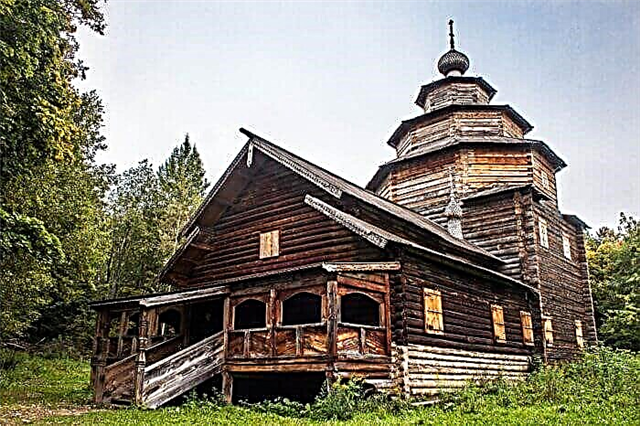
Myshkin Folk Museum
Located in the Yaroslavl region. Wooden buildings of various historical values were brought here from neighboring villages. The collection of related exhibits is extensive. Some of the funds are designed into full-fledged exhibitions, for example, "Spinning Wheels of the Non-Black Earth Region". Thematic conferences are held here. The main attraction is the Mouse Museum, which appeared in 1991.
Address: Yaroslavl region, Myshkin, st. Uglichskaya, 21
Site: myshgorod.com

New Jerusalem
Located in the Moscow region. Founded in 1920. Notable exhibits: a chapel, a peasant estate, a windmill. The museum contains about 180 thousand items of funds. Attraction nearby - Resurrection New Jerusalem Monastery. There are permanent and temporary exhibitions, and their themes are sometimes far from the main direction of New Jerusalem.
Address: Moscow region, Istra, New Jerusalem embankment, 1
Website: njerusalem.ru

Kenozersky National Park
Located in the Arkhangelsk region. Founded in 1991. In this place, nature and cultural and historical values not only coexist, but also complement each other. On the territory there are monuments of the Neolithic era, vast forests, lakes, the Kenozerskaya depression, the Ozovaya ridge, several chapels, including the chapel of St. Nicholas the Wonderworker. Flora and fauna are represented by many species.
Address: Arkhangelsk region, Plesetsk district, village Vershinino
Website: kenozero.ru

Ethnomir
Located in the Kaluga region, opened in 2007. The area is over 140 hectares. A unique place as it presents exhibits from all over the world. There are several independent museums included in the complex: the Museum of Beekeeping, the Museum of Samovars, the Museum of Belarus, the Museum of Maps and others. There are permanent exhibitions, for example, "World Architectural Masterpieces". The territory is divided into regions.
Address: Kaluga region, Borovsky district, village Petrovo
Website: ethnomir.ru

Angarsk village
Located in the Irkutsk region. It has been listed as a museum since 1979. The first exhibits arrived here from flooded areas. It is divided into two directions: Russian and Evenk. They overlap in some details, but the structures and decorations themselves differ dramatically. There is a full-fledged exposition in the form of an Evenk camp, very detailed and accurate. There are about 25 buildings in the museum.
Address: Bratsk, Angarsk village, 12 A

Tomsk Museum of Wooden Architecture
Located in the Tomsk region. The permanent exhibition has been operating since 2009. A rare museum of this type for Siberia, however, unlike most, it has no real examples of structures. The exhibits are spread over several rooms. There are fragments of houses, parts of cladding, shutters, photographic materials, documentary evidence. The excursion includes a story about the stages of the formation of wooden architecture.
Address: Tomsk, Kirov Ave., 7
Site: artmuseumtomsk.ru

Museum-reserve "Friendship" in Sottintsy
Located in Yakutia. Founded in 1987. Created on the territory where the first prison in Yakutia was previously located. The purpose of collecting exhibits is to show how Russian culture influenced the peoples who inhabited this area on a historical cut. A merchant house, a restored national cemetery, a collection of utensils and other household items are part of the museum's collection.
Address: Republic of Sakha (Yakutia), Ust-Aldansky ulus, s. Sottins
Site: republic-sakha-yakutia.rf
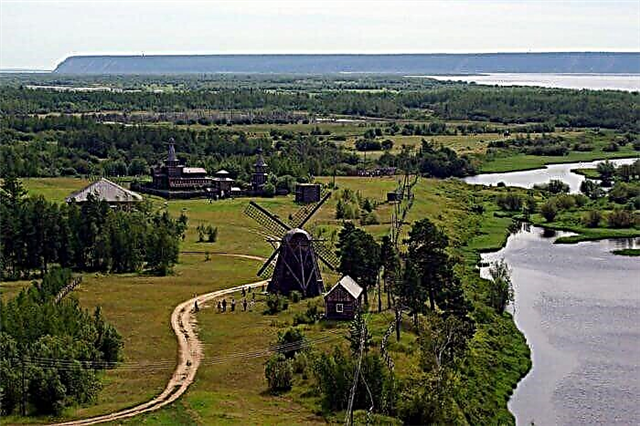
Museum "Forest Fortress"
Located in the Ryazan region in the Klepikovsky district, the village of Lunkino. All buildings are very bright, there is no question of historical value here - most of them are new buildings and copies. There are many carved wood sculptures scattered throughout the area. The entrance is paid, but the prices are symbolic. Located in a forest belt, surrounded by a fence and carved gates. There is a permanent exhibition inside.
Address: Russia, Ryazan region, Klepikovsky district, Lunkino village, 3
Site: myzeidereva.ru




